Media | Articles
Leno: My “one that got away” was a strange bird
Everyone has a story about a car that got away. Because my tastes are a little strange, mine is about a Voisin. I have always been fascinated by Gabriel Voisin. He was a contemporary of the Wright brothers, and they used to throw rocks at each other, figuratively speaking. The Wright brothers launched from a downhill track, went about 300 yards, and landed, whereas Voisin was the first guy to design a plane that the pilot could stand next to, spin the prop, get in, take off, and then land. That’s what Voisin called flying, and he and the Wrights slung insults at each other for a few years.
Voisin built aircraft during World War I, but after the war, there was more money in automobiles, so he got into making cars that incorporated a lot of aircraft design. Voisin was one of the first to use monocoque construction and the first to experiment with aerodynamics. Everything about Voisins was just so different—even the hinges the way the roof rolled back into the body. They’re fascinating cars.
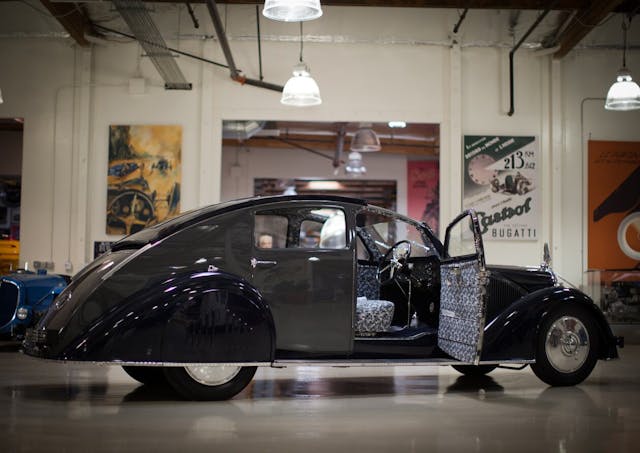
Back in the 1980s, I found one for sale in Santa Barbara for what today would be considered pretty cheap. I went to look at it and it was so cool, but it was the most disappointing thing to drive. It was slow, even for the era, but worse, the sleeve-valve engine is kind of like an oil-well fire. Because they’re supposed to smoke. A sleeve-valve engine is kind of like a two-stroke in that the piston runs in a machined sleeve that slides or rotates to expose intake and exhaust ports on the sides of the cylinder. Voisin loved the sleeve-valve engine because it was simpler and supposedly quieter than the poppet-valve engines of the day, but they were notorious for their smoke because of all the lubricating oil that burns off while running.
And I mean billowing—to the point where people pull up and give you the finger. Even if you use two-stroke oil to keep the smoke down, it’s still a lot. So I passed, and years later, I saw it for sale for $1.5 million. But I buy things to drive, and I couldn’t drive that, definitely not here in California.
I admit that I have always liked French cars because they’re odd. And I mean that literally. Germany, Spain, Italy—pretty much everybody around France built cars more or less the same way, using 6-millimeter, 8-millimeter, and 10-millimeter fasteners. The French used 5-millimeter, 7-millimeter, and 9-millimeter fasteners. On a French car, to turn the lights off, you pull the switch out. I have a Talbot-Lago, and every time I park it, I have to turn the battery cutoff switch because it’s so easy to leave the ignition on. That’s because on is to the left and off is straight up. People will say, “Oh, I noticed the ignition was on.” No, it’s just French!
Marketplace
Buy and sell classics with confidence
I think it’s because Stuttgart, Bologna, and Detroit are all industrial areas; Paris is the City of Light, the City of Art. There’s an intellectualism to French cars that doesn’t exist in cars from the other places. The French never cared about handling—well, they did, but not nearly as much as comfort. Even when you drive a Peugeot 404, it’s like a Cadillac, the thing is so smooth. People love the VW Beetle, but the Panhard Dynamic had only two cylinders and almost twice the power. They were 50 horsepower when a VW had 36, and the top speed was about 98 mph. They also had torsion-bar valve springs and a roller bearing crank; they can rev all day.
They say that France was the birthplace of cars and Germany was the nursery. Don’t believe it? When Peugeot entered the Indy 500 for the first time in 1913, the car had twin overhead cams and four valves per cylinder. It was so fast that it led 138 of the 200 laps and won by over 13 minutes. The next year, French cars took the top four spots at Indy. A driver was still trying to qualify a 1914 Peugeot at Indy in 1949! Imagine that, in an age when automotive technology moved so fast.
Gabriel Voisin lived to be 93, so he saw everything, from early gliders to jetliners. He lived with his wife, his mistress, and his mistress’s daughter. How French can you get? Well, I think the problem with many old (and new) cars is that they could all be a little more French.
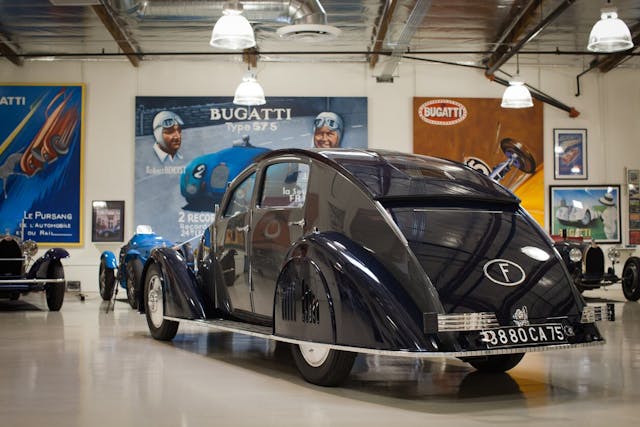
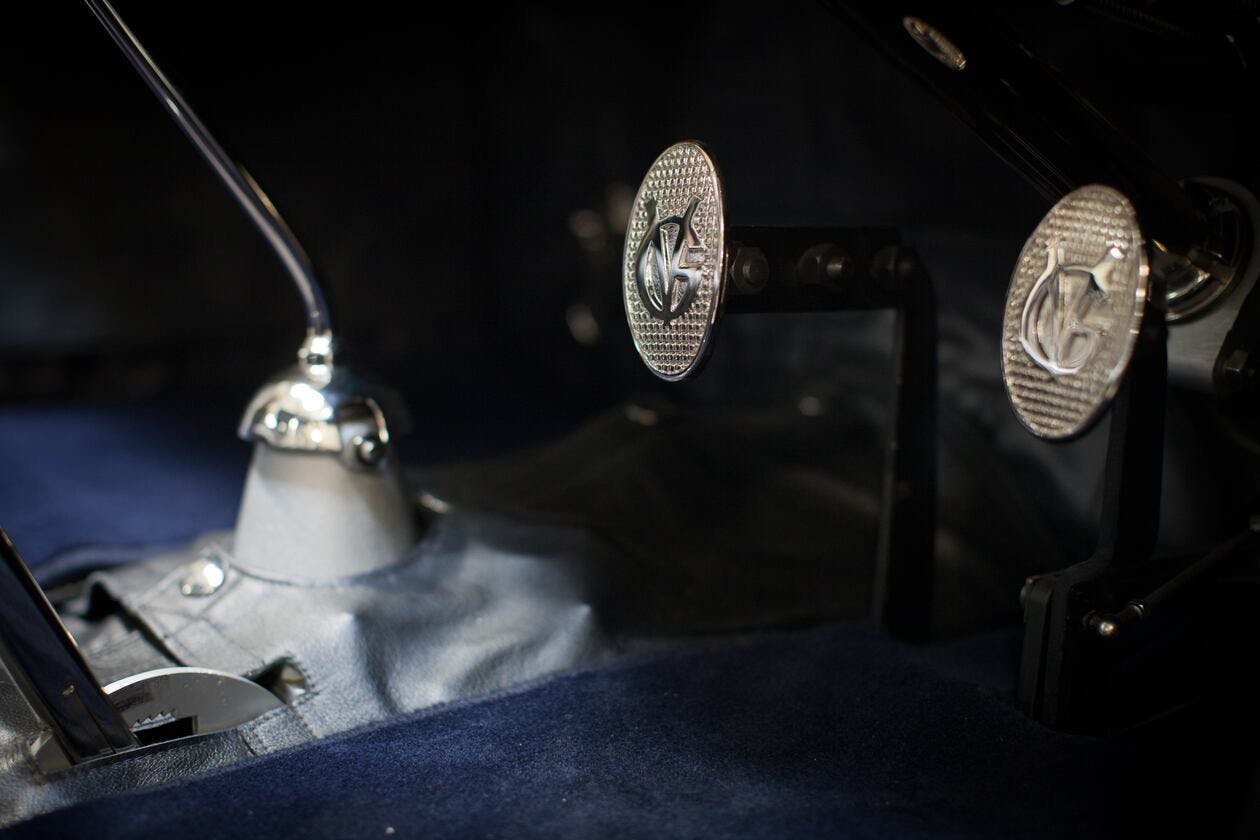
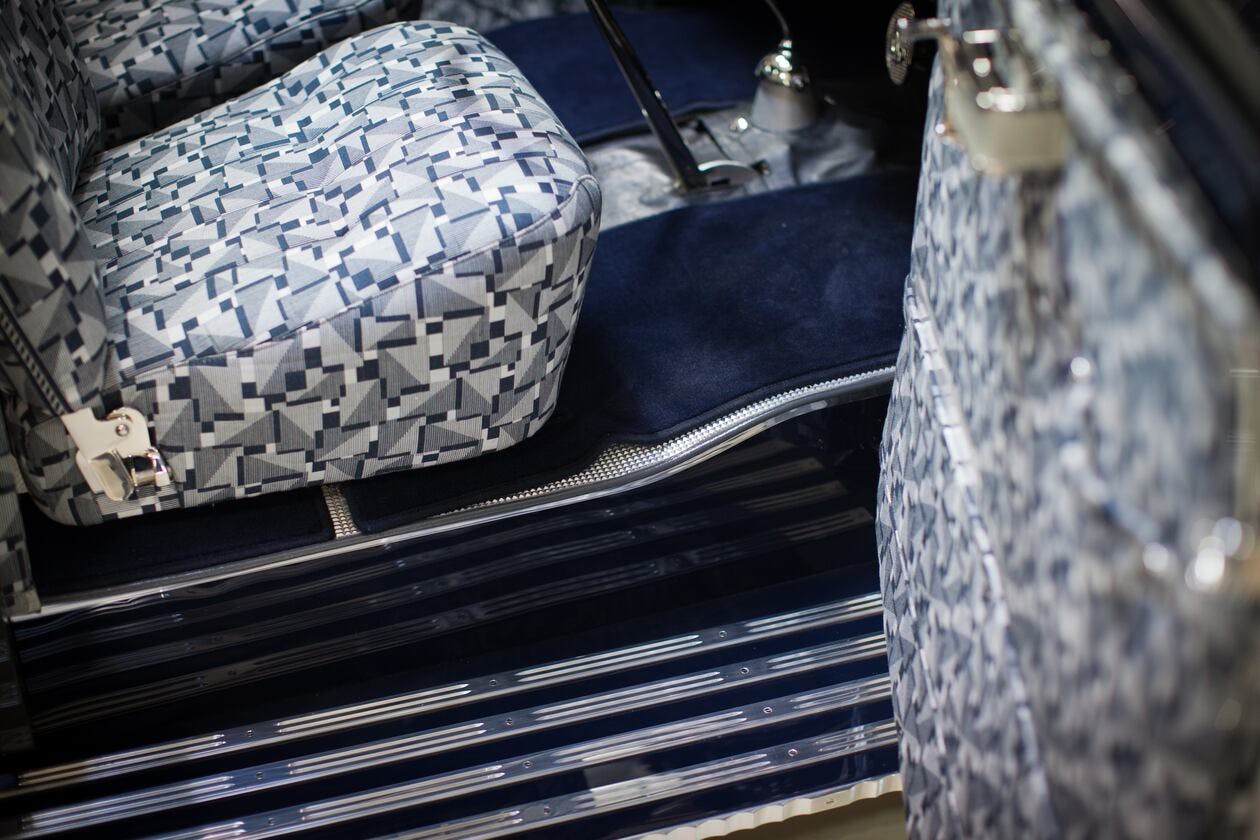
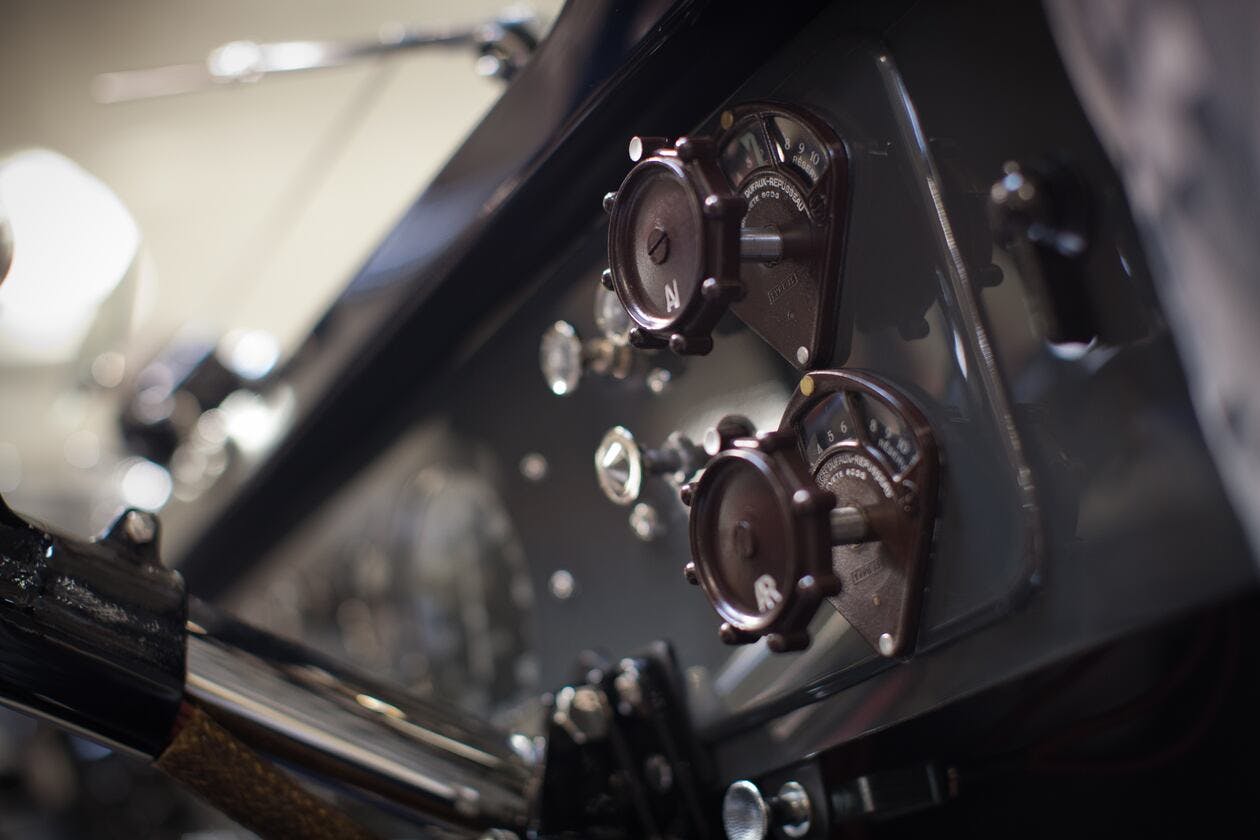








Wasn’t the nursery France and Germany the birthplace…?